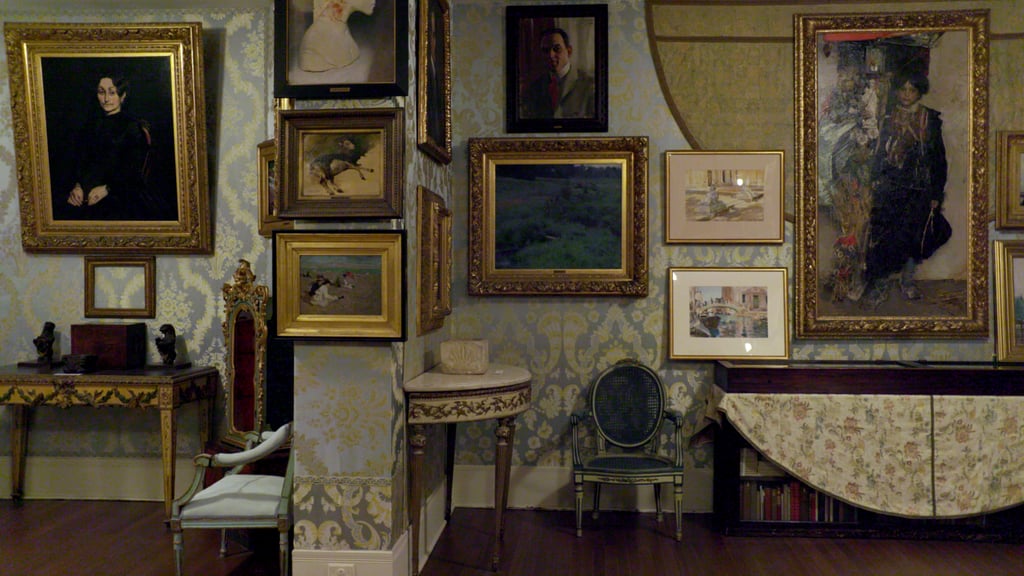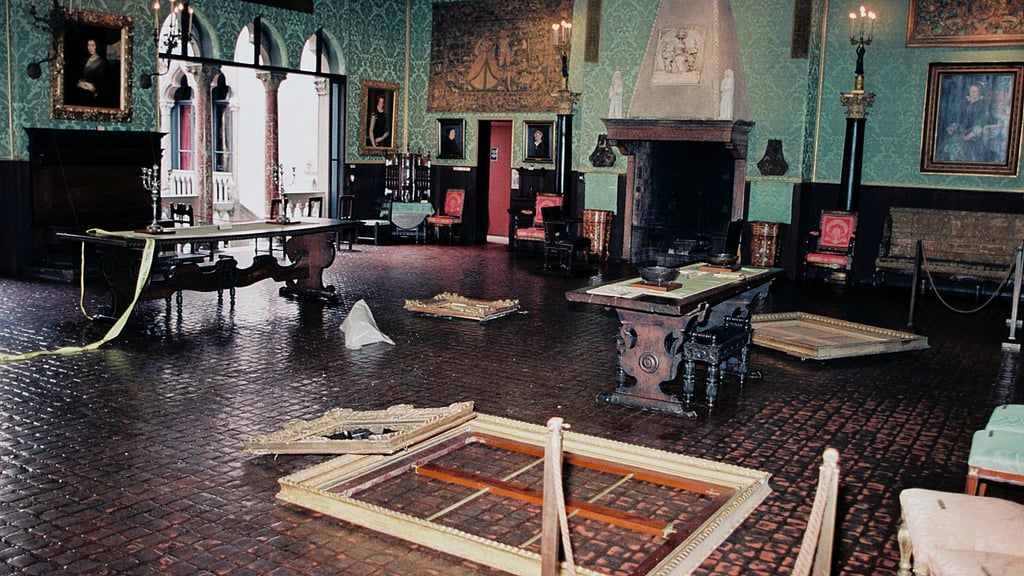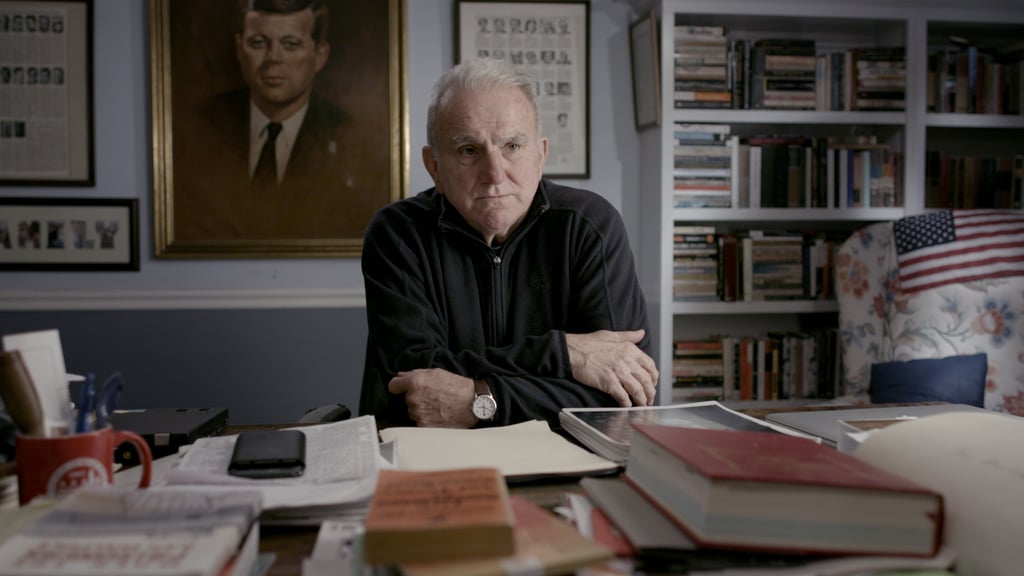Netflix's This Is a Robbery [1] gives us a thrilling and thorough breakdown of the infamous 1990 Isabella Stewart Gardner Museum art heist in Boston. The weekend of St. Patrick's Day, two men disguised as police officers broke into the Gardner Museum and stole $500 million worth of artwork, including rare pieces by Vermeer, Rembrandt, Manet, and other legendary artists. 30 years later, the case remains unsolved, and the artwork is still missing. We don't know about the pieces' whereabouts, but there have been plausible theories about who stole the art at the Gardner Museum. Read ahead for the leading theories that the true-crime docuseries [2] explores!
A Dr. No Type Hired People to Steal the Artwork
Some speculated that a rich person, perhaps a James Bond Dr. No type, paid a crew to steal the art so that they could privately admire it. Investigators, however, pointed out that people in the crew could easily cash in by setting up their client to get a reward from the museum.
It Was an Inside Job
Sift Internet forums about the case, and you'll find plenty of those who believe that the heist was an inside job. Though he was tied up during the robbery, nightguard Richard Abath, who openly admitted to sometimes being stoned and drunk on the job, immediately became a person of interest. The inside job theory would account for how the robbers knew where the police emergency button was and where to retrieve the security tapes. Abath also broke protocol by granting the robbers, dressed up as police, entry. Plus, the museum's security system could only detect Abath's footsteps [3] before the robbery.
There has been a recently released surveillance tape [4] of the night before the heist — in it, we see Abath buzzing in a man who he can't recall. Former employees, however, say that the person looked like Abath's boss. Staff, journalists, and investigators do not really seem attached to this theory. It was more likely that Abath or another staff member inadvertently divulged information about the security protocols at the museum to the wrong people.
The Irish Mob Orchestrated the Robbery
If the Irish mob was involved, sympathizers of the Irish Republican Army probably used the pieces as collateral to buy weapons. During this time, Irish-American gangsters provided arms for the IRA, most notoriously in the Valhalla case [5]. In This Is a Robbery, former Scotland Yard investigator recalls a time where the IRA was trying to commission a Yates painting to raise money for arms. Former IRA press officer Richard O'Rawe dismisses this theory, however.
The Boston Mafia Orchestrated the Robbery
This Is a Robbery goes along with this theory throughout episodes three and four. In an attempt to get his friend Vincent Ferrara out of jail with a bargaining chip [6], Mafia member Bobby Donati apparently set up a major heist to exchange stolen valuables for Ferrara's freedom. Someone even reportedly saw Donati sneak two police officer uniforms in a paper bag. If this was the case (and the FBI seems most convinced by this theory), mobsters likely cased the museum for its weaknesses before pulling off the heist. Donati, however, was murdered soon after the robbery.
One of the suspects in the heist was George Reissfelder, who matched the description of one of the fake police officers at the robbery. Reissfelder's former sister-in-law even recalled helping him hang a Manet piece (which, naturally, is nowhere to be found). When Donati went missing, his son contacted mobster Bobby Guarente, who had been connected to a crew that involved Reissfelder. According to his widow [7], Guarente gave some Gardner pieces to a man named Robert Gentile. As fate would have it, the FBI did not find any art at Guarante's. The main problem with the Mafia theory is that many of the allegedly involved members either died of natural causes or were murdered.



